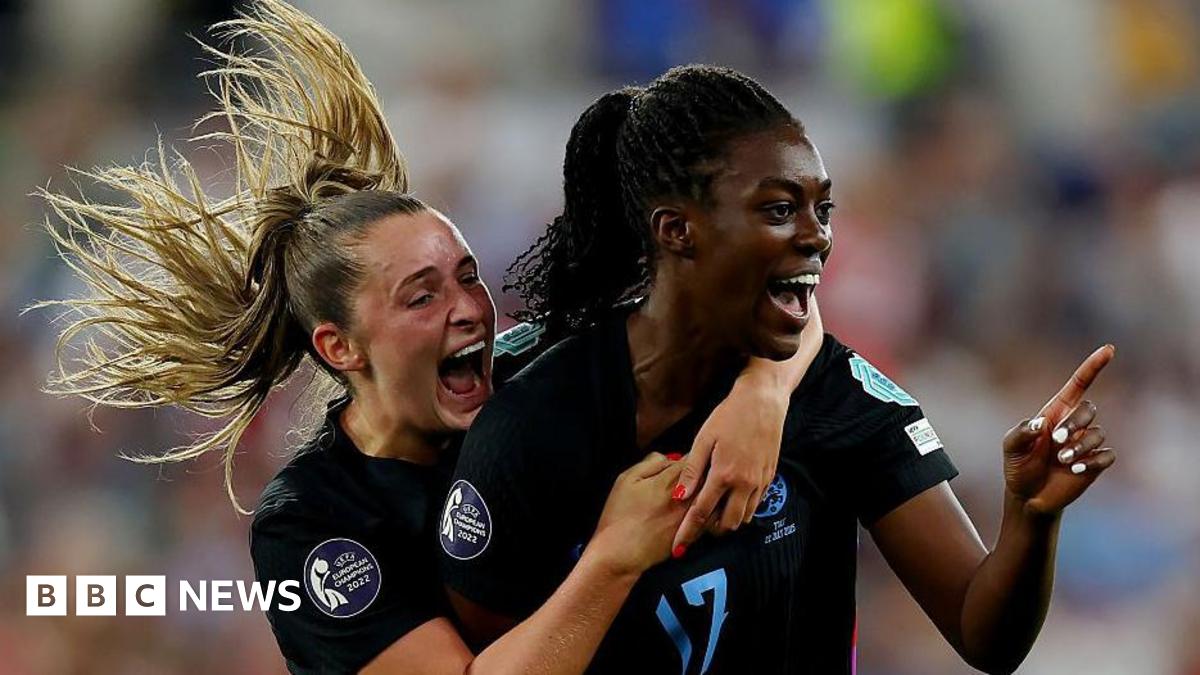Understanding the pressure elite sports puts on women’s bodies is pushing athletes to new levels of excellence.
Why it matters
- The intense physical demands of elite sports can significantly impact the health and wellbeing of female athletes.
- Acknowledging these pressures is essential for promoting better training and recovery protocols tailored to women.
- Enhanced understanding of women's sports health can lead to improved performance and longevity in athletic careers.
As the world of elite athletics continues to evolve, a crucial conversation is emerging around the unique pressures and challenges that women face in sports. The physical demands placed on female athletes are not only pushing them to unprecedented levels of excellence but also highlighting the need for a deeper understanding of how these pressures affect their bodies.
Historically, sports science has predominantly focused on male athletes, leading to a significant gap in research and resources for women in sports. This oversight has often resulted in the underrepresentation of women's health issues in athletic training programs, injury prevention strategies, and recovery protocols. However, as female participation in elite sports grows, so too does the recognition of the need to address these disparities.
One of the key areas of concern is the physical strain that high-level competition places on female bodies. Women athletes often face unique challenges, including hormonal fluctuations, menstrual cycle effects, and a higher susceptibility to certain injuries, particularly in sports that require explosive movements or involve high-impact collisions. The understanding of how these factors interplay with training regimens is crucial to optimizing performance and ensuring athletes can compete at their best without compromising their health.
Moreover, there is a growing movement within the sports community to advocate for women's health and well-being. This involves not only better medical care and support but also a cultural shift in how female athletes are perceived and treated within the sporting world. Coaches, trainers, and sports organizations are beginning to recognize the importance of incorporating female-specific training methods and recovery strategies into their programs.
The conversation around women's athletic health is also being propelled by elite athletes who are stepping forward to share their experiences. Many are using their platforms to raise awareness of the physical and mental toll that the sport can take on women, advocating for systemic changes that prioritize health over performance. This shift is crucial, as it illuminates the need for a more comprehensive approach to athlete care, which includes mental health support, nutrition guidance, and tailored physical training.
In addition to these personal stories, research into women's sports health is beginning to gain traction. Studies are now focusing on how female physiology responds to training and competition, specifically looking at injury rates, recovery times, and nutritional needs. This research is vital for developing evidence-based guidelines that can help female athletes maximize their potential while minimizing the risks associated with their sports.
The impact of understanding the physical realities of elite sports on women extends beyond individual athletes. It has the potential to reshape entire sports cultures, encouraging a more inclusive and supportive environment for female competitors. As organizations begin to adopt policies and practices that prioritize women's health, they not only enhance the overall experience for female athletes but also contribute to the advancement of women's sports as a whole.
Finally, the increasing visibility of women's sports, especially in mainstream media, is helping to further this conversation. As female athletes achieve remarkable feats and break records, public interest in their stories grows. This visibility plays a crucial role in inspiring the next generation of young female athletes, showing them that they, too, can pursue their dreams in sports without sacrificing their health.
In summary, the evolving dialogue around the pressures of elite sports on women's bodies is driving a much-needed reevaluation of how female athletes are supported. By embracing a more nuanced understanding of their unique challenges, the sports community can foster a healthier and more sustainable environment for women in athletics, ultimately paving the way for future generations to excel.











